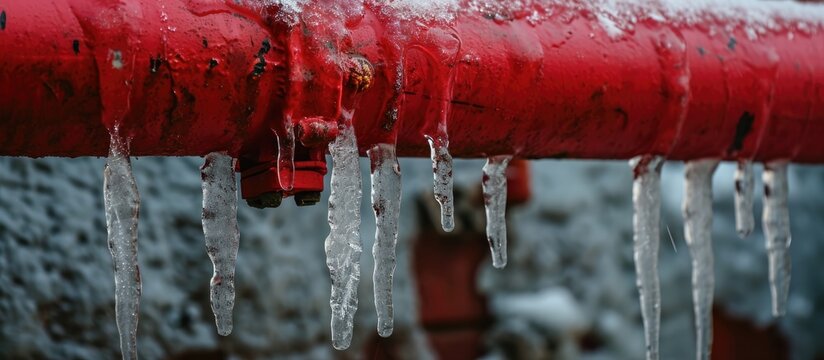The article author is making several great pointers on the subject of How to Prevent Your Pipes From Freezing in general in this content down the page.

Cold weather can ruin your plumbing, especially by freezing pipelines. Here's just how to avoid it from happening and what to do if it does.
Introduction
As temperature levels decline, the danger of frozen pipes increases, possibly leading to expensive repair services and water damage. Comprehending just how to stop icy pipes is essential for home owners in cool environments.
Recognizing Icy Pipes
What creates pipes to ice up?
Pipelines ice up when exposed to temperature levels listed below 32 ° F (0 ° C) for prolonged durations. As water inside the pipelines ices up, it broadens, putting pressure on the pipeline wall surfaces and possibly causing them to break.
Dangers and problems
Icy pipelines can result in supply of water disturbances, home damage, and pricey repair work. Ruptured pipelines can flood homes and create extensive structural damage.
Indications of Frozen Piping
Determining frozen pipes early can prevent them from rupturing.
Just how to identify icy pipelines
Look for decreased water circulation from taps, uncommon smells or noises from pipes, and noticeable frost on exposed pipelines.
Prevention Tips
Shielding at risk pipelines
Wrap pipes in insulation sleeves or make use of heat tape to shield them from freezing temperatures. Concentrate on pipelines in unheated or external locations of the home.
Home heating methods
Keep indoor spaces properly heated, specifically locations with pipes. Open cupboard doors to allow cozy air to circulate around pipelines under sinks.
Safeguarding Outdoor Plumbing
Garden hose pipes and outdoor faucets
Disconnect and drain pipes garden pipes prior to winter months. Set up frost-proof spigots or cover outside faucets with protected caps.
What to Do If Your Pipelines Freeze
Immediate actions to take
If you presume frozen pipes, maintain taps open up to eliminate stress as the ice melts. Utilize a hairdryer or towels soaked in hot water to thaw pipes gradually.
Long-Term Solutions
Structural adjustments
Consider rerouting pipes away from exterior walls or unheated locations. Include extra insulation to attics, basements, and crawl spaces.
Upgrading insulation
Invest in top notch insulation for pipes, attic rooms, and wall surfaces. Correct insulation helps keep constant temperatures and decreases the danger of icy pipelines.
Verdict
Stopping frozen pipes needs proactive steps and fast feedbacks. By comprehending the causes, indicators, and preventive measures, house owners can protect their pipes during winter.
5 Ways to Prevent Frozen Pipes
Drain Outdoor Faucets and Disconnect Hoses
First, close the shut-off valve that controls the flow of water in the pipe to your outdoor faucet. Then, head outside to disconnect and drain your hose and open the outdoor faucet to allow the water to completely drain out of the line. Turn off the faucet when done. Finally, head back to the shut-off valve and drain the remaining water inside the pipe into a bucket or container. Additionally, if you have a home irrigation system, you should consider hiring an expert to clear the system of water each year.
Insulate Pipes
One of the best and most cost-effective methods for preventing frozen water pipes is to wrap your pipes with insulation. This is especially important for areas in your home that aren’t exposed to heat, such as an attic. We suggest using foam sleeves, which can typically be found at your local hardware store.
Keep Heat Running at 65
Your pipes are located inside your walls, and the temperature there is much colder than the rest of the house. To prevent your pipes from freezing, The Insurance Information Institute suggests that you keep your home heated to at least 65 degrees, even when traveling. You may want to invest in smart devices that can keep an eye on the temperature in your home while you’re away.
Leave Water Dripping
Moving water — even a small trickle — can prevent ice from forming inside your pipes. When freezing temps are imminent, start a drip of water from all faucets that serve exposed pipes. Leaving a few faucets running will also help relieve pressure inside the pipes and help prevent a rupture if the water inside freezes.
Open Cupboard Doors
Warm your kitchen and bathroom pipes by opening cupboards and vanities. You should also leave your interior doors ajar to help warm air circulate evenly throughout your home.

We had been guided to that report about Preventing and dealing with frozen pipes through an associate on a different web property. Sharing is good. One never knows, you may just be doing someone a favor. Thank you for your time. Revisit us soon.
Visit My Site